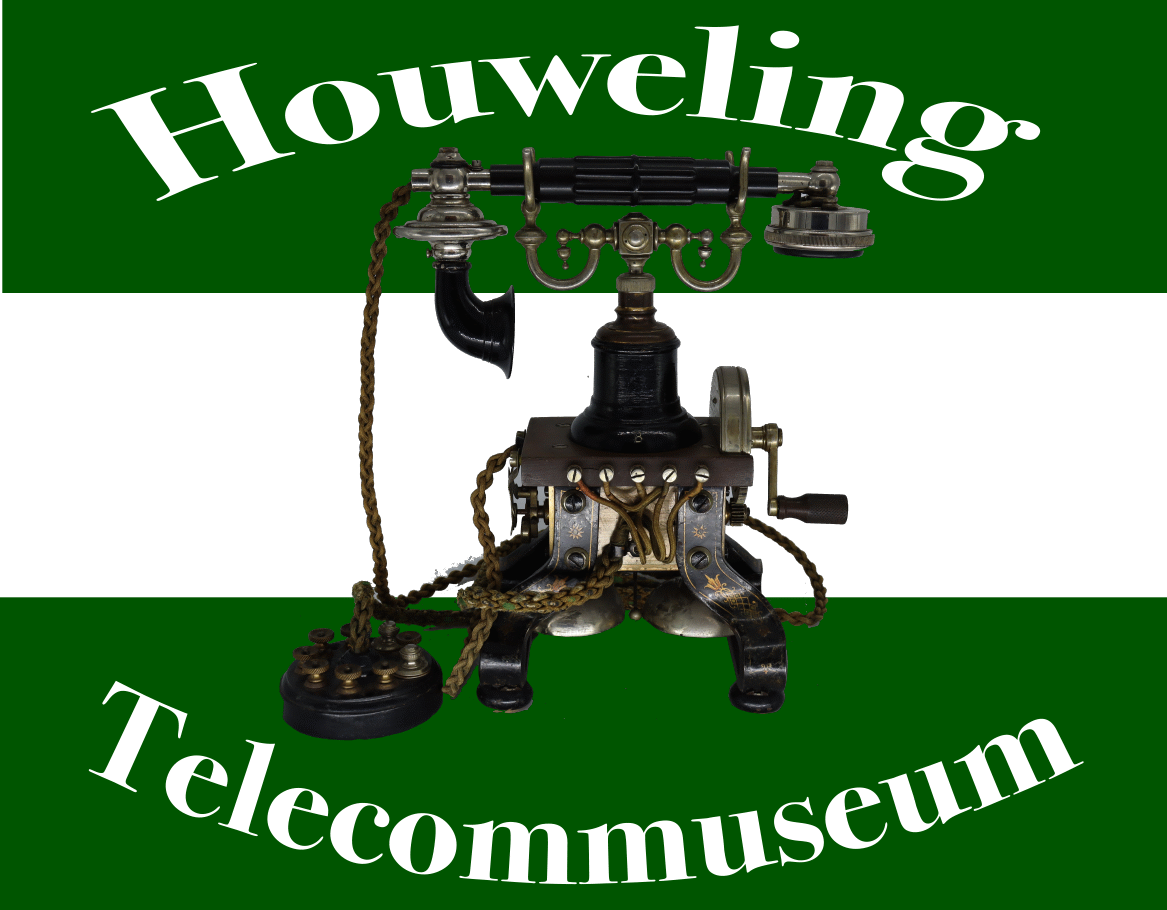
On May 5th 1923, the first regular radio-telegraph connection with the (then) Dutch East Indies was put into service, for this purpose a radio station had been built in Kootwijk and a receiving station in Malabar (35 Km south of Bandoeng). In 1916, the scientist C.J. de Groot stated that a long wave radio would be possible over a distance of 12.000 Km, at first the transmitter was situated at Sambeek and the signal was recieved in Ranja Ejek (near Malabar). Until then contact was only possible over existing telegraph lines, but these ran through different countries and were often interrupted during the First World War, so a good direct connection without interference from others was a necessity .

Malabar radio station

Some of the communication technology used at Malabar station, 1927

Malabar, part of the areal network

Malabar receiving room headphones and a micropone , Bandoeng, 1933
The long wave technology used at the time required a lot of energy and space for the equipment. After several test locations, an extensive complex was built in Kootwijk to house all equipment and staff. However, technology did not stand still, with smaller short wave devices better connections became possible, nevertheless the station remained in service for many years. In 1929 telephone traffic became possible, for a princely sum of 30 guilders people could talk to their overseas family for a few minutes. The phrase “Hello Bandoeng” was used to call the Malabar station in order to establish the connection.

During the war, the station was also used by the Germans for communication with submarines, to jam reception of BBC / Radio Oranje (Dutch transmissions by BBC) and the equipment was used to listen in on Allied radio traffic. The Museum contains a transcript of a conversation between Churchill and Roosevelt. The station also played a role in the infamous Englandspiel (in which captured Allied agents were forced to send false information to England), even an “attack” was committed, the failure of which was great for the German propaganda. Actually, the station was not such a problem for the Allies, as it this made eavesdropping on German communications easy. During the liberation in 1945, retreating Germans blew up all the antennas, but fortunately the building survived. Immediately after the war recovery was started, although the connection with the Dutch East Indies was subsequently lost, the station served for other connections until 1998, when satellite communication took over it’s tasks.

Kootwijk Radio Station 1981, the complex is currently managed by Staats Bos Beheer.

The most beautiful ‘listening monument’ that ever existed was in Bandoeng on Tjitaroemplein. It was founded in 1930 in honor of the great scientist Cornelius Johannes de Groot (1883-1927). In the vernacular it was called “the buttocks square”
The creative genius of De Groot proudly united the war plagued Holland and The Indies,
so far apart, through the trembling ether.
Lonely in proud nature lies it’s creation in Malabar’s steepness;
The sound of her mighty voice is heard to the ends of the earth.
With many thanks to J.W. Udo
Here are some links, simply using Google for “radio Kootwijk” is certainly good for a rainy afternoon
https:/radiokootwijk.nu
Zendstation Kootwijk Radio – Radio Kootwijk 2020
100 jaar Radio Malabar gevierd met amateurstation in Dwingeloo – RTV Drenthe
Viering 100 jaar radio-telegrafie vanuit Radio Kootwijk – YouTube
Schooltv: Radio Kootwijk – Het oudste betonnen gebouw van Nederland
We zijn er Bijna! gaat verder: Rondleiding Radio Kootwijk – YouTube
Zelf Radio Kootwijk bezoeken op diverse data in 2023 | Uitinapeldoorn.nl
”Forschungsstelle Langeveld” – duitse afluisterstation in bezet Nederland, van Hans Knap, ISBN 90 6707 467 5.
PS, I’ve used the old expressions (as they were used in the time of this connection), bigger illustrations will follow.
B.P. Wentink



